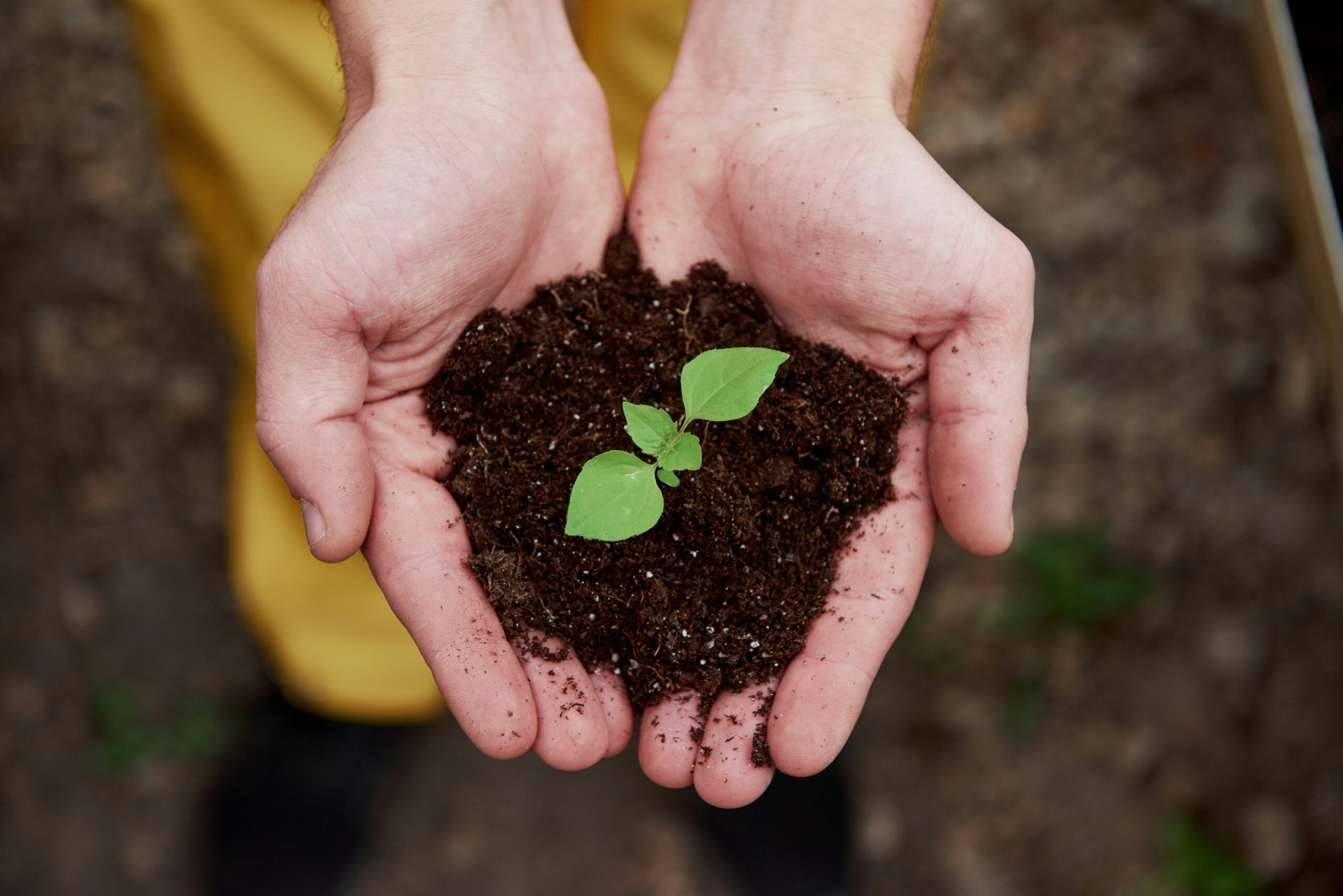
Sustainable landscaping goes beyond aesthetic appeal. It integrates environmentally friendly practices that conserve water, protect biodiversity, and minimize waste. As climate awareness rises, eco-conscious homeowners look for garden designs that not only beautify their surroundings but also positively impact the environment. This article explores practical and innovative sustainable landscaping ideas to create green spaces that thrive without excessive resource use.
Benefits of Sustainable Landscaping
Sustainable landscaping offers numerous benefits that extend beyond environmental conservation. It reduces water consumption, minimizes chemical use, and encourages local wildlife. These practices also cut down maintenance efforts and costs over time. Here are some key benefits:
Water Conservation: Sustainable gardens rely on drought-tolerant plants and efficient irrigation systems.
Biodiversity Support: Native plants provide food and shelter for pollinators and birds.
Lower Maintenance: Eco-friendly gardens require less mowing, trimming, and chemical intervention.
Carbon Footprint Reduction: Planting trees and shrubs absorb CO₂, helping mitigate climate change.
Start with a Plan
Before planting, it’s crucial to design your landscape with sustainability in mind. Focus on the following steps to create an eco-conscious garden:
- Assess Your Climate: Choose plants that naturally thrive in your region to reduce water and maintenance needs.
- Consider Sunlight and Soil: Understanding your garden’s exposure to sunlight and soil type ensures plant health.
- Incorporate Functional Zones: Separate areas for relaxation, food production, and wildlife habitats ensure a balanced landscape.
Use Native Plants and Trees
Incorporating native plants is essential in sustainable landscaping. These species are naturally adapted to local conditions, meaning they require less water, fertilizer, and pest control. They also support the local ecosystem by providing food and shelter for insects, birds, and other wildlife. Examples of eco-friendly plants for various climates include:
- Desert Areas: Agave, yucca, and desert marigold.
- Temperate Zones: Coneflower, black-eyed Susan, and oak trees.
- Wetlands: Water lilies, cattails, and bald cypress.
Implement Water-Wise Landscaping
Water is a precious resource, and eco-conscious landscapes should prioritize water conservation. Here are some water-wise gardening techniques:
- Drip Irrigation Systems: Deliver water directly to plant roots, minimizing evaporation.
- Rain Gardens: Capture runoff water and prevent soil erosion.
- Mulching: Organic mulch reduces water evaporation and suppresses weeds.
- Rain Barrels: Collect rainwater for irrigation purposes, reducing the use of municipal water.
Reduce Chemical Use with Organic Practices
Chemical fertilizers and pesticides harm beneficial insects and contaminate water sources. Switching to organic gardening practices enhances soil health while protecting the environment. Here’s how to keep your garden chemical-free:
- Composting: Reuse kitchen and garden waste to create natural fertilizer.
- Integrated Pest Management (IPM): Use natural predators, like ladybugs, to control pests.
- Natural Weed Control: Apply organic mulch or vinegar solutions to suppress weeds.
Choose Permeable Hardscaping Materials
Traditional hardscapes, like concrete, prevent water absorption and contribute to runoff. Sustainable landscapes use permeable materials that allow water to seep into the ground. These materials include:
- Gravel Paths: A budget-friendly option that improves drainage.
- Porous Pavers: These eco-friendly pavers allow rainwater to filter into the soil.
- Recycled Materials: Use reclaimed wood, stones, or bricks for patios and walkways.
Promote Biodiversity and Create Wildlife Habitats
Encourage biodiversity by designing your garden to support birds, bees, and other pollinators. A wildlife-friendly landscape enhances ecological balance and creates a more vibrant garden. Here are a few ways to invite wildlife into your space:
- Install Birdhouses and Feeders: Provide nesting spaces and food for birds.
- Add Pollinator Plants: Grow flowering plants like lavender, milkweed, and sunflowers to attract bees and butterflies.
- Build a Small Pond: Water features support frogs, fish, and aquatic plants, enriching biodiversity.
Embrace Edible Landscaping
Edible landscaping integrates fruit, herbs, and vegetables into ornamental gardens. This practice offers sustainability benefits by reducing food miles and providing fresh produce at home. Some ideas for edible landscaping include:
- Herb Gardens: Basil, thyme, and mint thrive in small spaces and containers.
- Fruit Trees: Apple, lemon, and fig trees provide shade and fresh fruit.
- Vegetable Beds: Use raised beds for growing tomatoes, lettuce, and carrots.
Manage Garden Waste Sustainably
Gardening generates waste, but sustainable practices aim to minimize it. Recycling and composting are essential in reducing the carbon footprint of your garden:
- Compost Bins: Convert kitchen scraps and plant clippings into nutrient-rich soil.
- Grasscycling: Leave grass clippings on the lawn to decompose and nourish the soil.
- Reduce Plastic Use: Avoid plastic pots and opt for biodegradable options.
Sustainable landscaping combines beauty, functionality, and environmental responsibility. It reduces resource consumption, promotes biodiversity, and fosters a healthier ecosystem. By incorporating native plants, conserving water, and using organic practices, homeowners can create stunning outdoor spaces that benefit both people and the planet. Whether you have a small backyard or a large garden, eco-friendly landscaping ideas can transform your green space into a haven of sustainability and beauty.